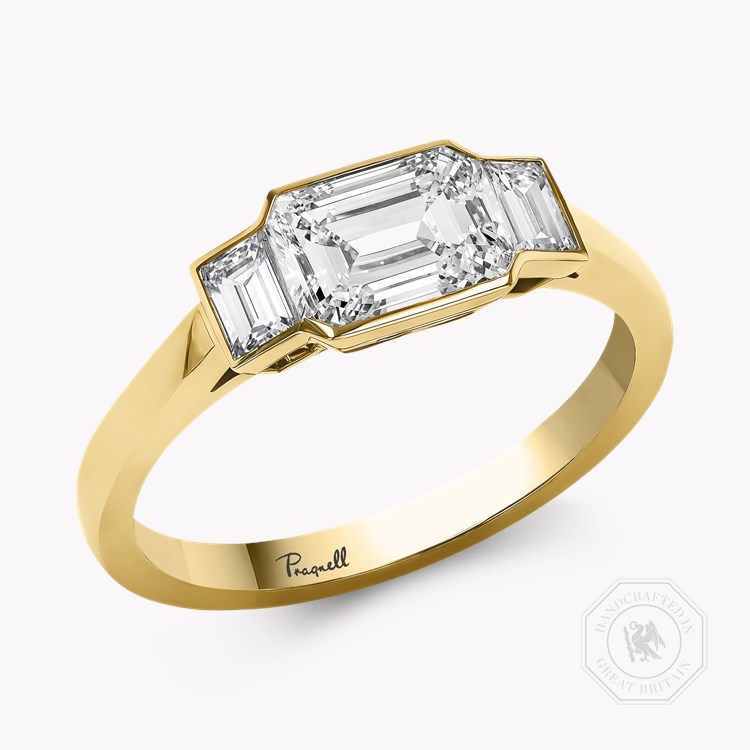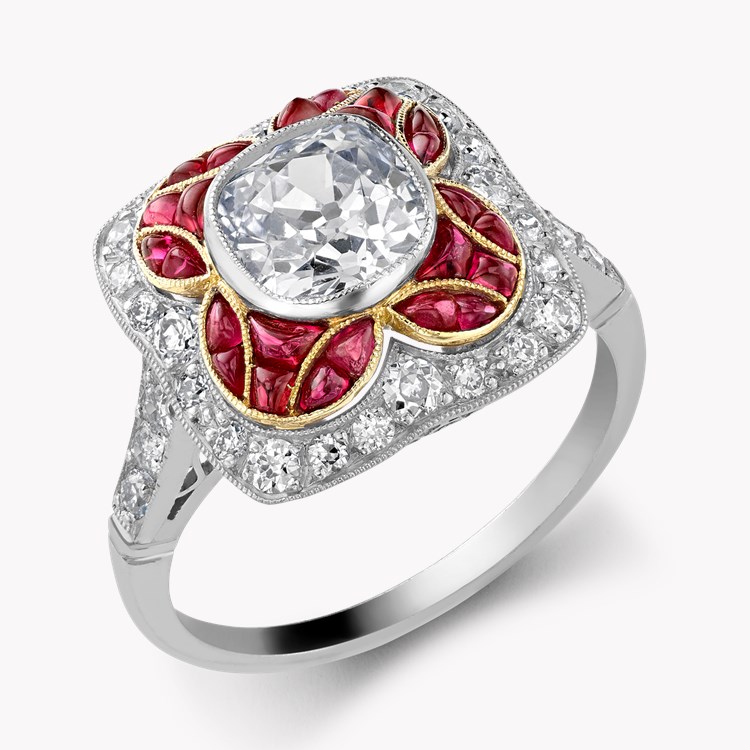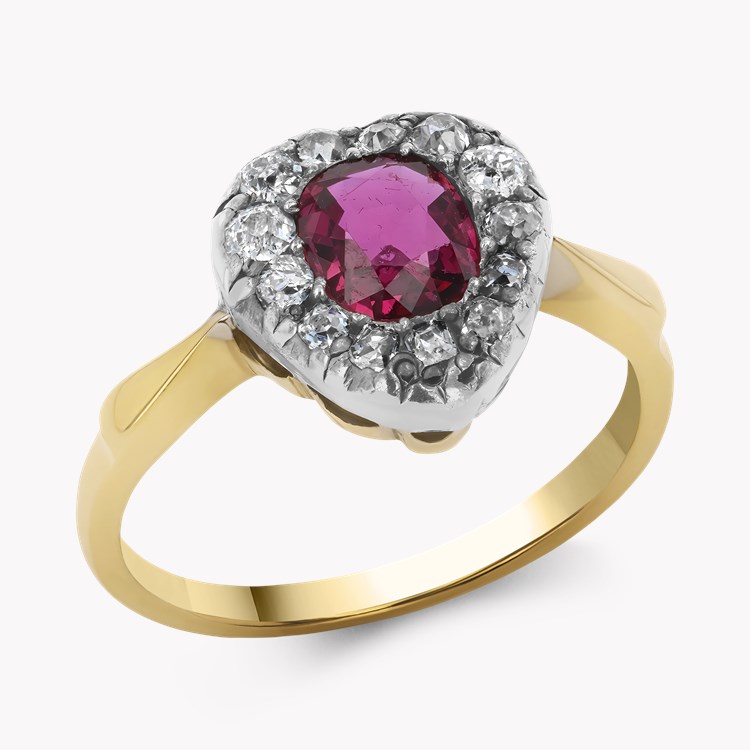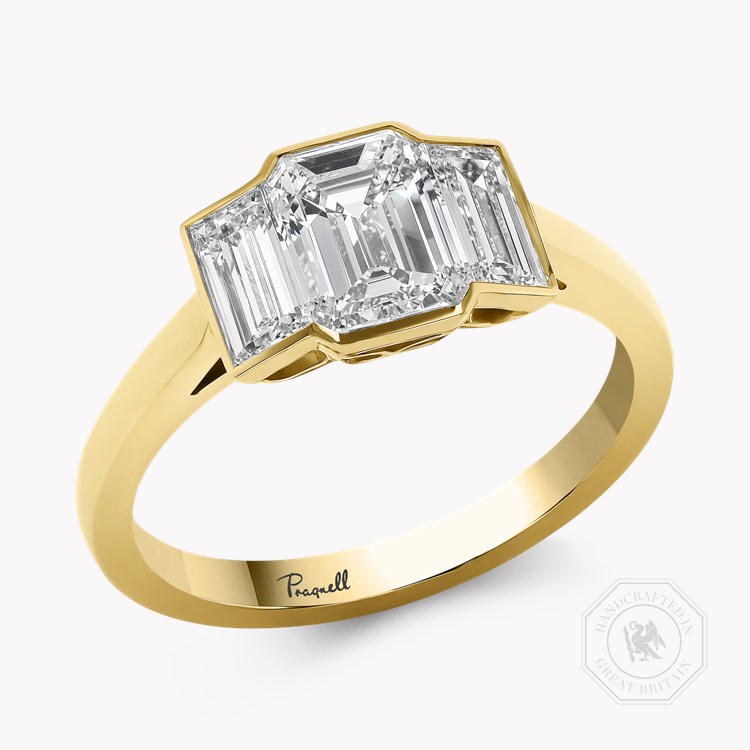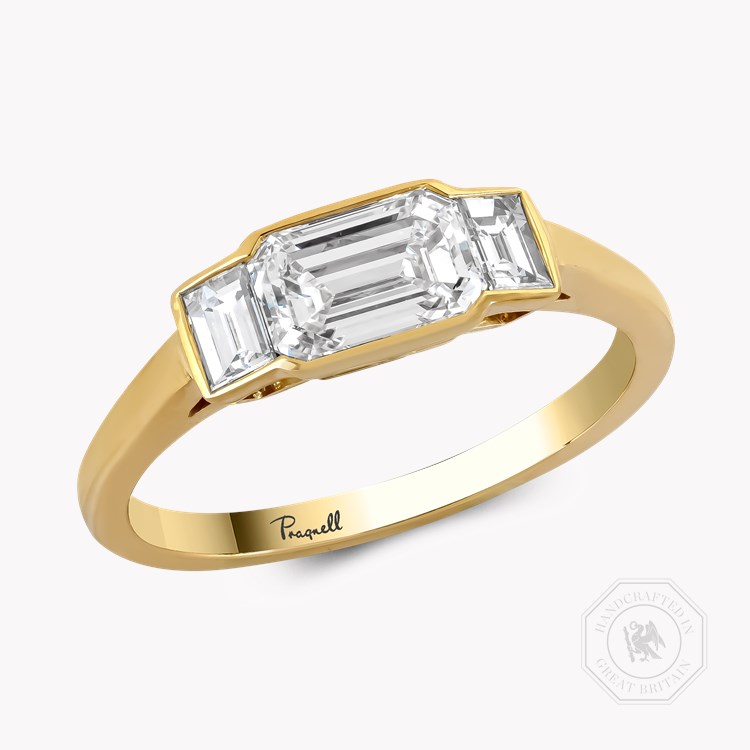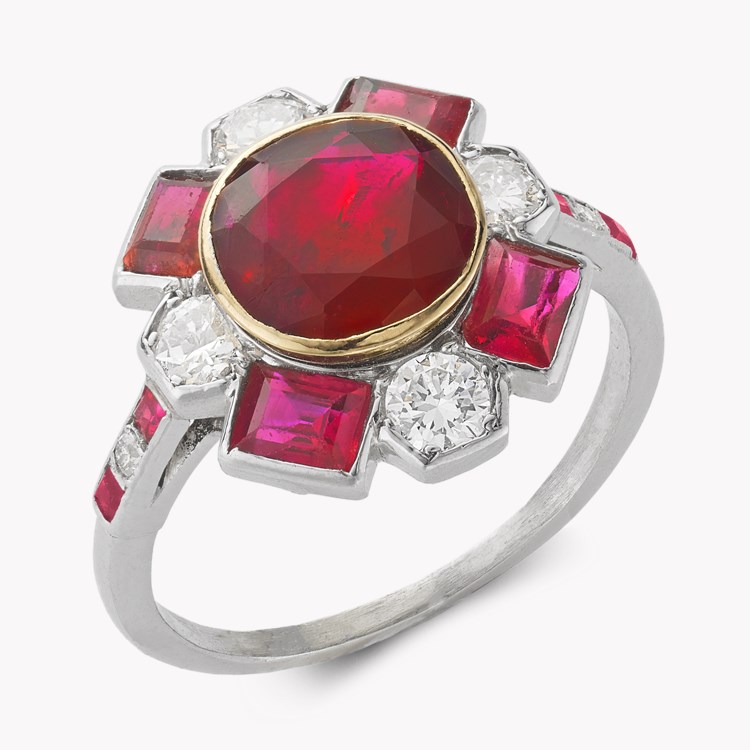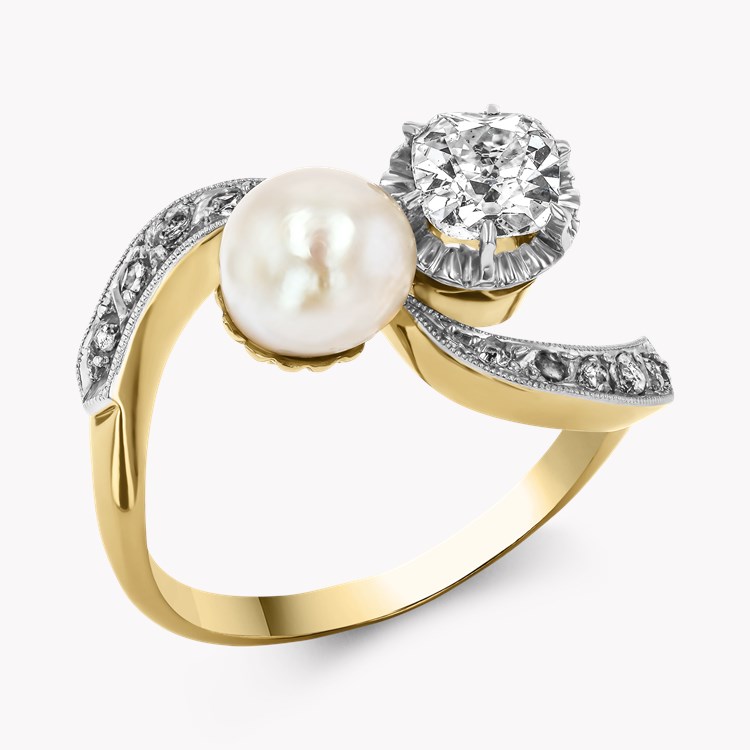How to Wear Your Engagement Ring
While the left hand’s fourth finger is the most widely accepted location for an engagement ring, the practice has evolved over time and varies across different cultures. This guide explores the history and contemporary traditions of the engagement ring.
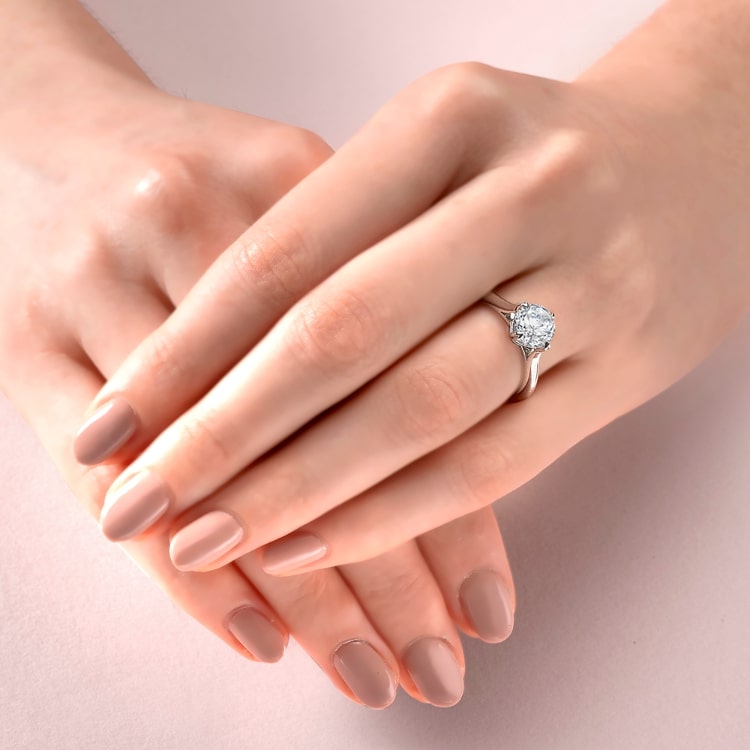
What Is the Engagement Ring Finger?
The engagement ring finger refers to the fourth finger on the left hand. This finger has traditionally been chosen because of the belief that a vein, known as the "Vena Amoris" or vein of love, runs directly from it to the heart. This symbolic connection represents love and commitment, making it an ideal location for an engagement ring, which signifies a promise of union.
The custom of wearing an engagement ring on this finger dates back to ancient Egypt, where this belief originated. Over time, this tradition spread across various cultures, resulting in the enduring practice we recognise today.
While the engagement ring finger is also used for the wedding band after marriage, it is traditionally considered the most meaningful finger for symbols of love and affection.
-min.jpg)
The History of the British Ring-Wearing Tradition
In Britain, the tradition of wearing an engagement ring has evolved significantly over the centuries. Engagement rings gained popularity in the late 19th century, with the use of diamonds becoming more common. Today, engagement rings are integral to the proposal process, with the ring symbolising both a promise and a lifelong commitment. As British society has modernised, the wearing of engagement rings continues to evolve, with some couples now opting for bespoke and personalised designs that speak to their unique love stories.
-min.jpg)
What Does Engagement Mean, Exactly?
Engagement signifies a profound and enduring commitment to marriage, with the engagement ring symbolising this promise and marking the start of a couple's shared journey. Typically worn on the fourth finger of the left hand, this ring signifies the intention to marry and reflects the bond between the individuals. The engagement ring represents love, commitment, and the anticipation of a future together.
According to the Ring Finger Tradition, the fourth finger of the left hand is linked to three key milestones: the promise, symbolised by a promise ring; the engagement, marked by the engagement ring; and the wedding, represented by the wedding band. These rings illustrate a journey of love and commitment, highlighting various stages in a couple's relationship.
-min.jpg)
How Are Wedding and Engagement Rings Worn?
In many cultures, the wedding ring is traditionally worn on the fourth finger of the left hand to symbolise the formal union established during the ceremony. However, some countries, such as Russia and Greece, opt to wear the wedding band on the right hand. In these regions, the engagement ring is typically worn on the right hand before the wedding and switched to the left afterwards.
Traditionally, the engagement ring is worn on the fourth finger of the left hand. Upon the wedding ceremony, the wedding band is placed on the same finger, often worn closest to the heart. Many individuals wear the engagement ring above the wedding band, while others wear them side by side. The decision is personal, with both rings symbolising the same enduring commitment.
When selecting your engagement ring, understanding the quality of the diamond is essential. Our Diamond Guide provides a clear overview of diamond grading, while the Ring Size Guide ensures your ring will fit comfortably.
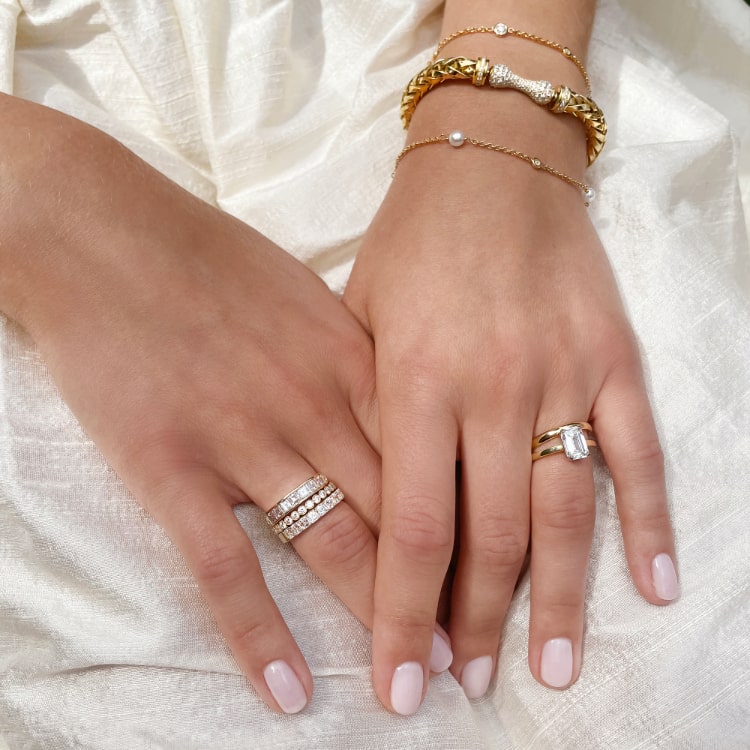
Unique Ways to Wear Your Engagement Ring & Wedding Band
While the traditional method of wearing both rings on the fourth finger of the left hand remains popular, there are many unique and personal ways to wear your engagement ring and wedding band. Some couples opt for stacking their rings, while others choose to wear one ring on each hand. Customisation allows couples to express their individual styles and preferences, reflecting the personal significance of the rings. At Pragnell, we offer bespoke services that allow you to create a ring set that is uniquely yours and perfectly suited to your style and story.
Engagement Rings at Pragnell
At Pragnell, we offer a stunning selection of engagement rings that blend timeless elegance with exceptional craftsmanship. Our collection features a variety of exquisite diamond cuts, including Brilliant, Oval, and Emerald, each chosen for its unique brilliance and beauty. We also offer a range of coloured diamonds, from subtle pinks to vibrant yellows, allowing you to create a ring that perfectly matches your personal taste. Whether you prefer classic designs or something more contemporary, every ring is meticulously crafted to ensure the highest quality and lasting beauty.
Frequently Asked Questions
Below are the answers to our most commonly asked questions. Should you want to find out more please feel free to Contact Us and begin your Pragnell experience.
Engagement CLP Page
Contact us
